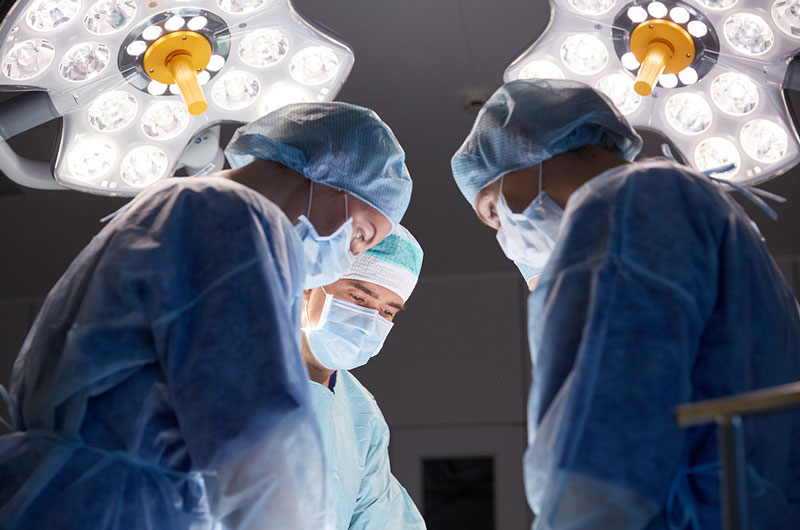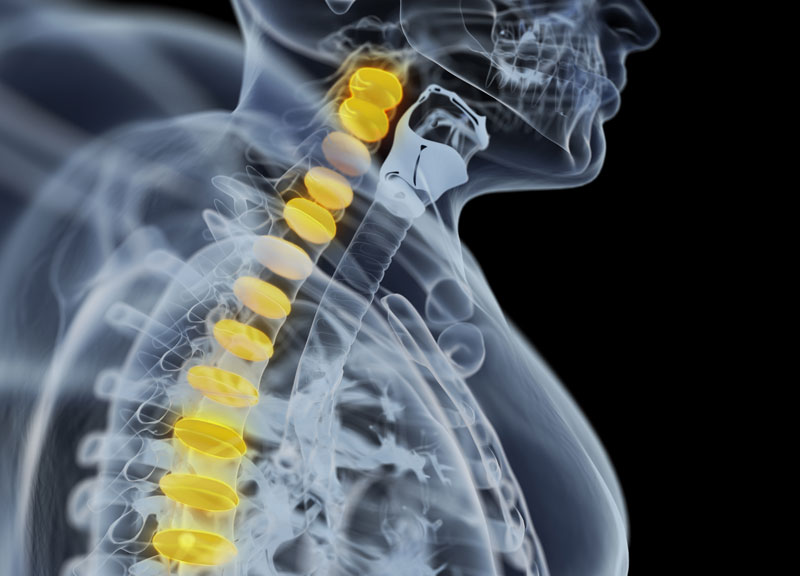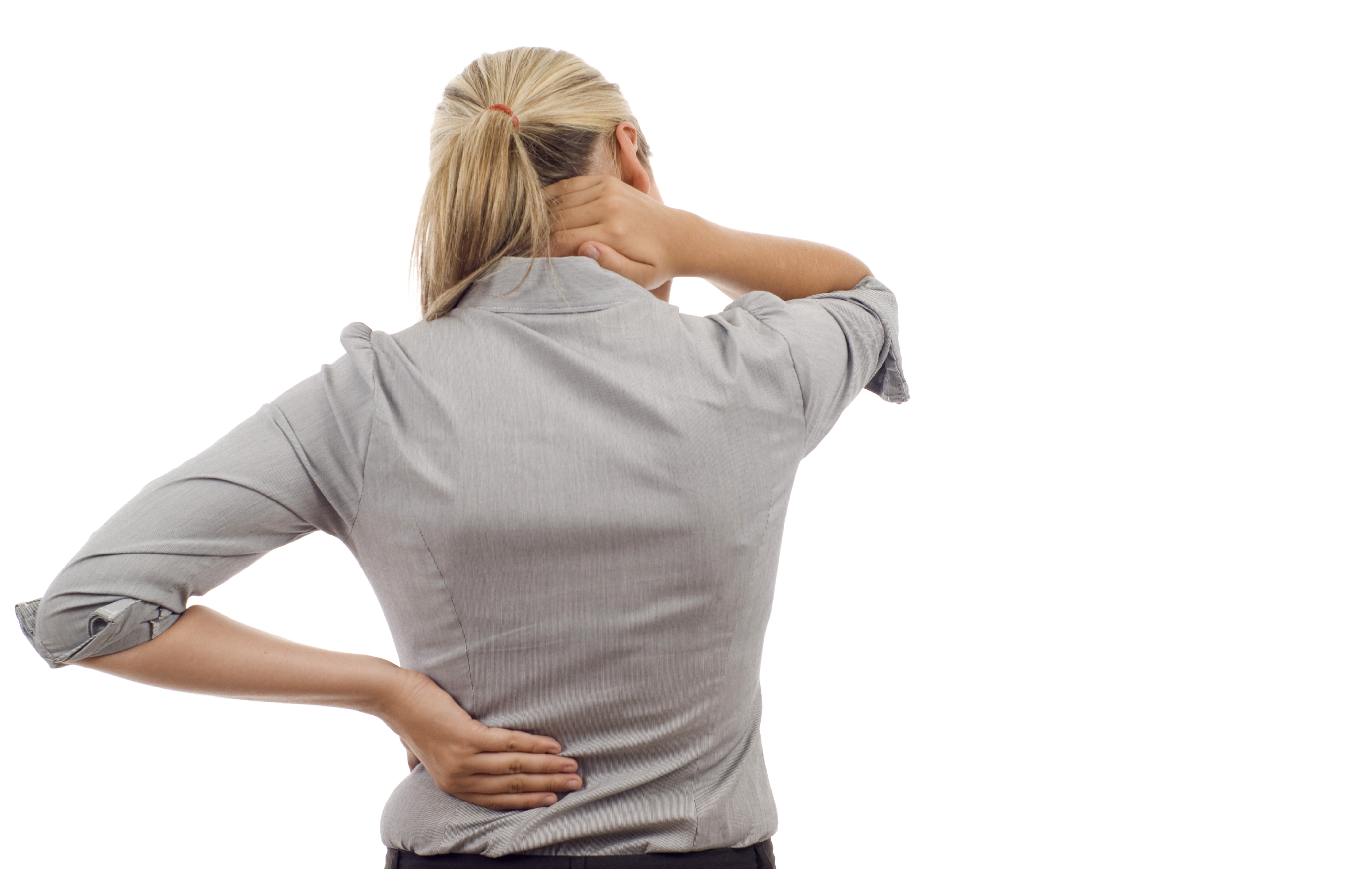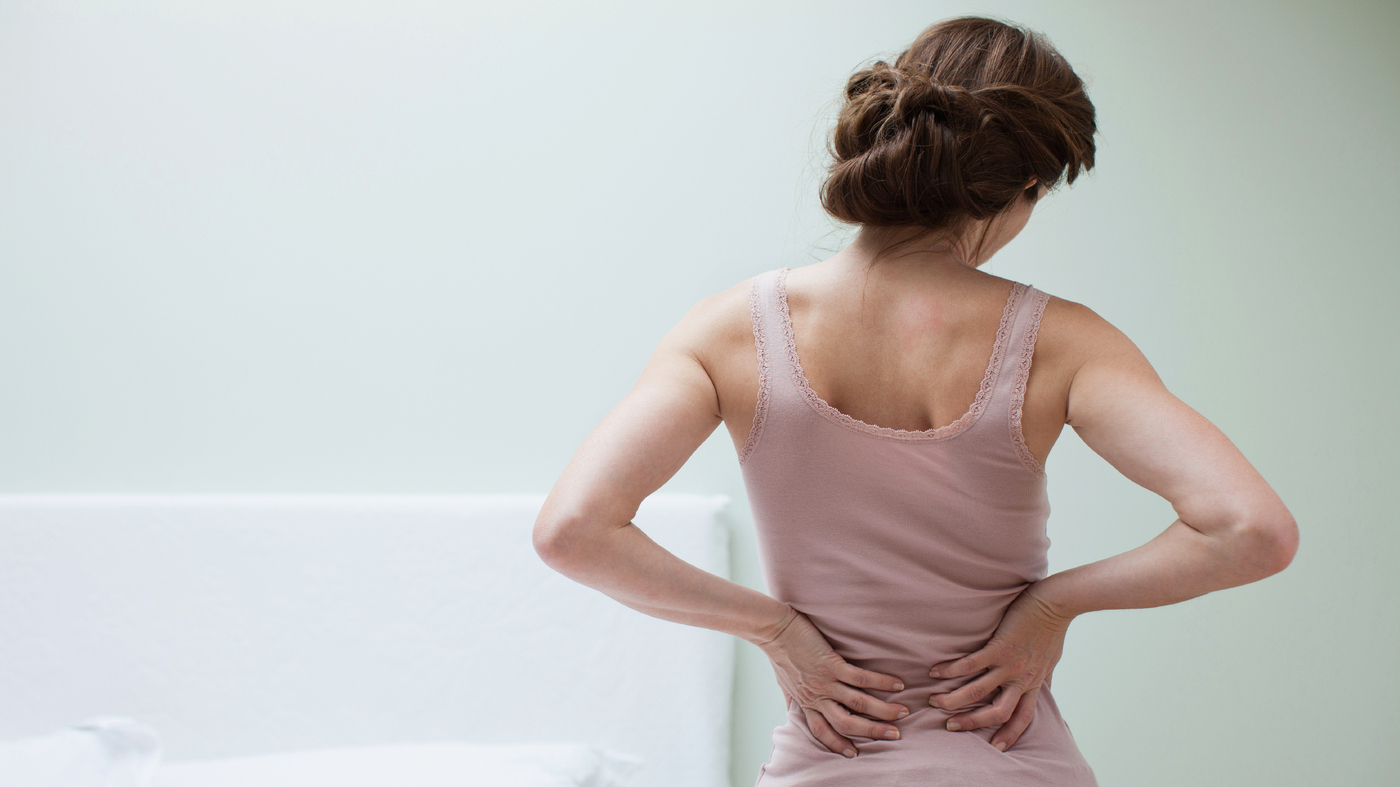About Spinal Deformity
Also known as scoliosis, spinal deformity is an abnormal curvature of the spine. It occurs in individuals of any age group. It is precisely a coronal plane (side to side) deformity that occurs in children, adolescents, and adults.
Symptoms
The symptoms may vary with age of onset. The severity of the curvature will also determine symptoms experienced by patients. Some of the common symptoms include:
- Sitting related imbalance (in infants and young children)
- Difficulty in breathing (in infants and young children)
- Delay in development (in infants and young children)
- Rib hump (adolescents)
- Imbalance of shoulder or pelvic height imbalance (adolescents)
- Intractable back pain (adults)
- Sciatica (adults)
- Leg weakness (adults)
- Numbness in leg (adults)
- Gait difficulty (adults)
Types of Spinal Deformity
Infantile Scoliosis
The spinal deformity occurs in children less than 3 years of age. It is usually related to other serious congenital or neurodegenerative disorders. Some of these include tethered spinal cord, cerebral palsy, and myelomeningoceles. In some cases, surgery is the need. Non-operative procedures can also help with normal spinal growth before considering a spinal fusion.
Juvenile Scoliosis
The condition occurs in children between age groups 3 and 10. The deformity progresses as children grow in most cases. Bracing is recommended as initial treatment until the child grows sufficiently. Once the child reaches an age and body size appropriate for surgical correction, the doctors will consider fusion or other techniques. Surgery may be performed before adolescence in severe cases.
Adolescent Idiopathic Scoliosis
This is the most common type of scoliosis. Individuals between the age of 10 and 17 develop the condition. The identified cause is not clear. Symptoms may vary with severity. Treatment is based on the severity of the curvature. The doctor will also consider progression or worsening of the curvature. This condition does not cause pain except in the most severe cases. Most of these conditions occur in the thoracic spine, above low back and below the neck region.
Adult Degenerative Scoliosis
This is a common type of scoliosis among adults with the onset of degenerative arthritis in the lumbar spine. The condition worsens with age. Patients experience pain and nerve compression due to spinal stenosis.
Kyphosis
It is observed in an individual where spinal balance is disturbed enough to allow the spine to effectively carry body weight sans progressive deformity, a lot of pain or even neurologic loss of function.
The patients are seen walking in a forward flexed posture as they are unable to stand up straight. The condition may also occur along with scoliosis (Kyphoscoliosis).
Treatment Options for Spinal Deformity
Doctors recommend treatment based on a combination of the severity spinal curvature. They will also take into consideration the overall impact on age of patient, the ability of the patient to function on a day-to-day basis, and other medical conditions. Younger patients consider the treatment for cosmetic reason.
Bracing
Mild spinal deformities can be treated with bracing. This is mostly recommended for younger patients. The doctors aim at growing spine straighter. Adults can experience relief from pain with a brace. However, this will not rectify the deformity. Bracing may result in issues such as muscle disuse or skin irritation.
Physical Therapy
This treatment is aimed at improving flexibility and core strengthening of the spine. The patient is supposed to participate in exercises that strengthens the spinal musculature and boosts range of motion and balance. The entire schedule is planned as an active process.
Injections for Pain Management
The injection of cortisone and similar medications with can offer temporary of focal relief of pain from mild nerve compression or joint arthritis. The injections are frequently repeated in groups of three and can only be given safely once or twice per year because of the side effects of the medications.
Correction with Surgery
It is important that the patient has tried all possible conservative treatment prior to considering surgery. Only patients with pain in medically refractory, or suffering from neurologic symptoms such as numbness, weakness, bowel or bladder dysfunction are recommended to undergo surgery. Doctors suggest surgery to tackle progressive worsening of the curvature after following up patients with yearly x-rays. Severe curves are unstable and get worse despite all efforts with conservative treatment.
Types of Surgery
Posterior Fusion – The surgery is conducted with spinal instrumentation. It is also the most common procedures undertaken for scoliosis correction of the correction. The surgeon will anchor metal rods to the vertebra using screws and hooks made of steel or titanium. This will straighten the spine and hold it in place.
Osteotomy – For severe deformity, the surgeon makes a cut in the bone. This ensures realignment of the spine into a more normal orientation.
Anterior Spinal Fusions – These are performed to ensure successful scoliosis correction. The surgery is recommended for severe cases and performed in conjunction with a posterior operation.




